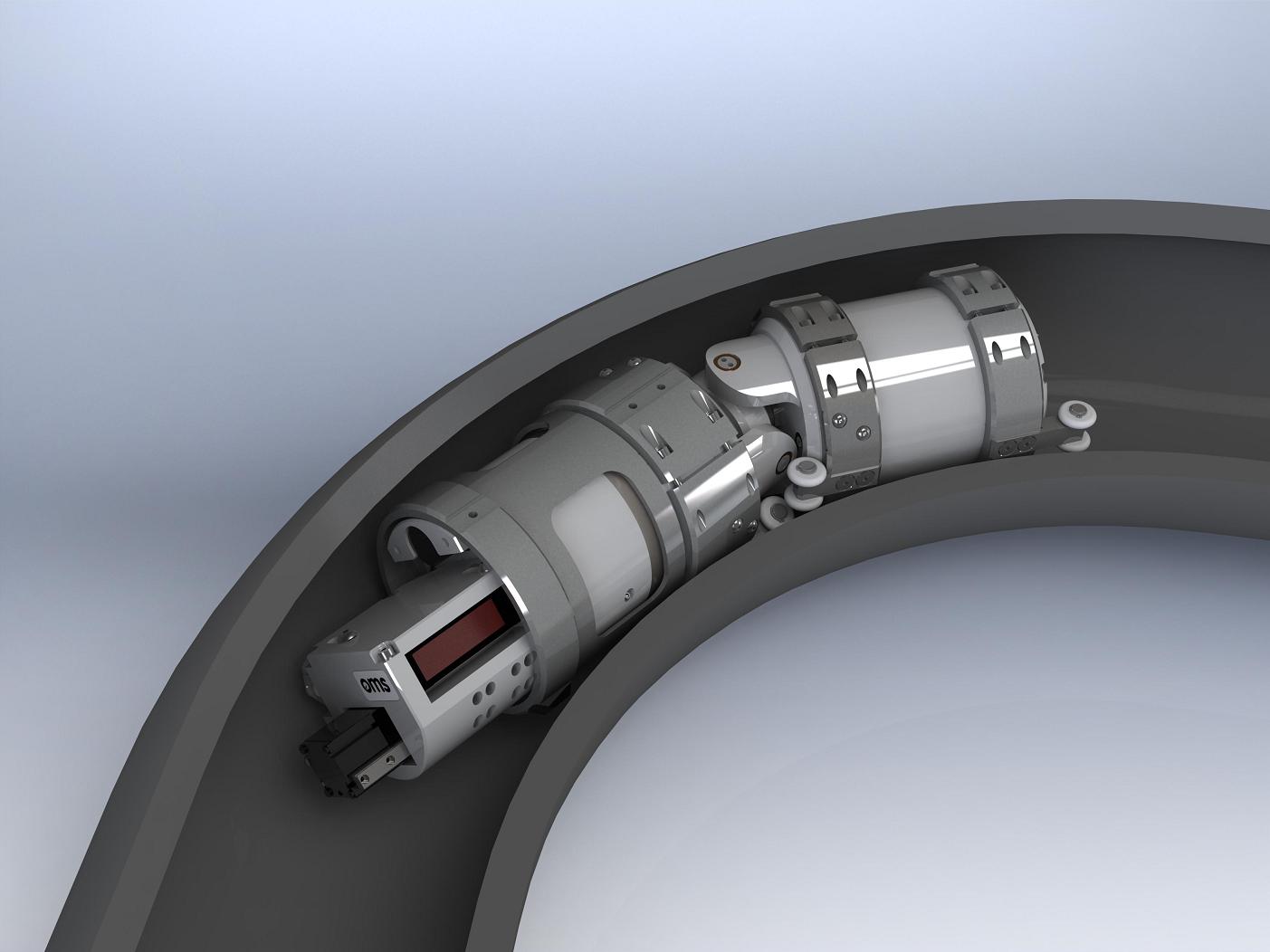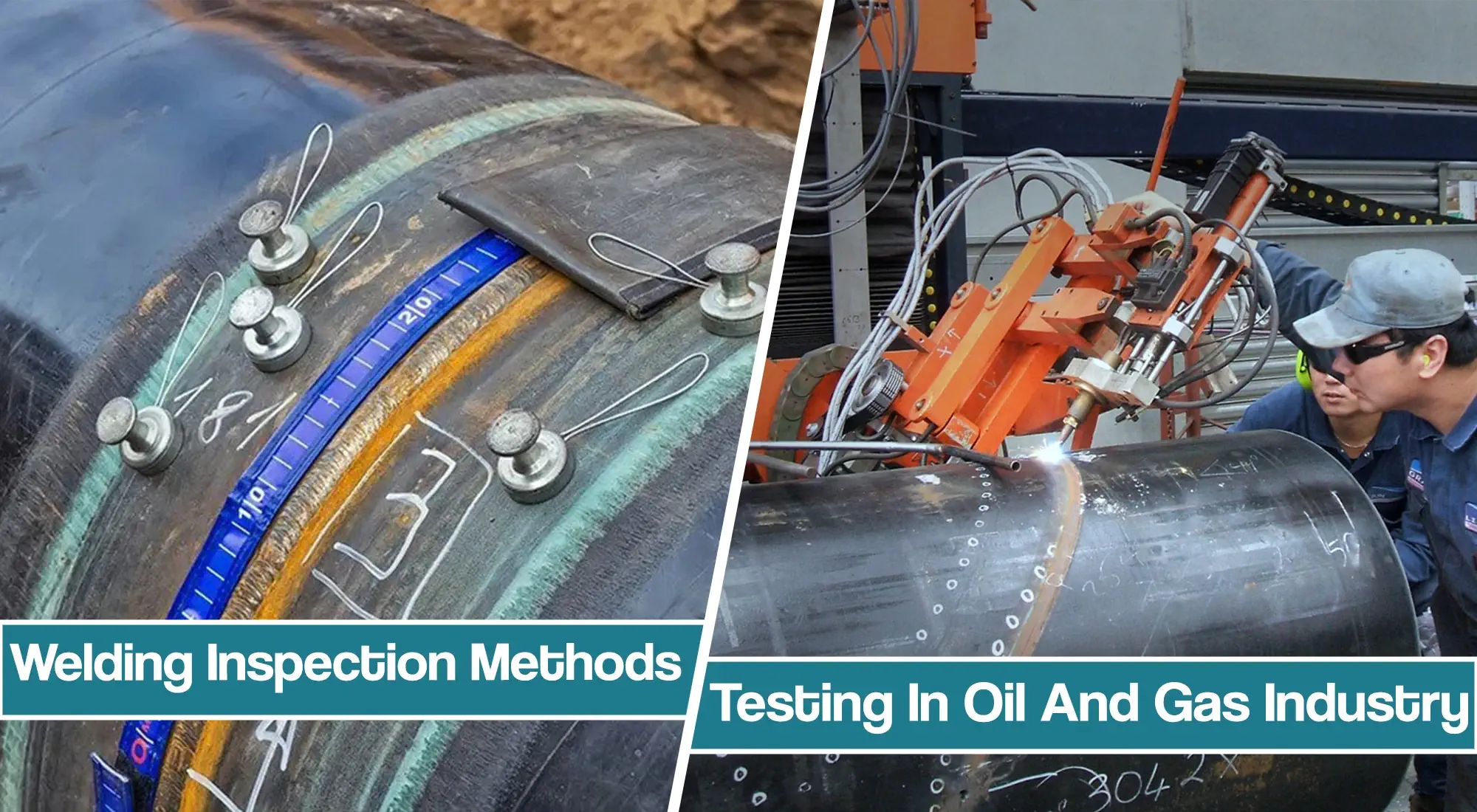Pipeline Welding Inspection: Ensuring Safety And Security and Quality in Every Weld
Pipeline Welding Inspection: Ensuring Safety And Security and Quality in Every Weld
Blog Article

Ideal Practices for Pipe Welding Assessment: Techniques, Specifications, and Treatments to Attain Quality Control and Compliance
Efficient pipe welding assessment is necessary for making certain the honesty and safety and security of crucial infrastructure. Recognizing the intricacies included in each phase of inspection is essential to accomplishing compliance and reliability in pipeline systems.
Importance of Welding Inspection
The honesty of bonded joints is paramount in ensuring the safety and dependability of pipeline systems. Correct welding strategies and complete assessment processes are essential to protect against failings that can bring about disastrous occurrences, ecological damages, and death. Pipeline Welding Inspection. Welding examination acts as a preventive step, identifying defects such as splits, porosity, and incomplete blend prior to they escalate right into major issues
In addition, pipeline systems typically operate under high pressure and extreme problems, making the top quality of welds a lot more critical. Regulatory compliance is an additional significant element, as various standards dictate the quality guarantee processes that must be abided by in pipeline construction and upkeep. Failure to conform can result in legal implications and economic losses.

The function of welding inspection expands beyond plain verification of craftsmanship; it includes the guarantee of lasting operational integrity. This entails a methodical technique that consists of not just aesthetic evaluations yet additionally advanced non-destructive screening techniques. Eventually, efficient welding examination is an investment in the long life and security of pipe systems, guaranteeing they work as planned while reducing dangers connected with product deficiencies.
Key Examination Techniques

Aesthetic inspection, often the very first line of defense, permits the identification of surface problems such as splits, undercuts, and porosity. Ultrasonic screening employs high-frequency acoustic waves to identify interior defects, supplying a thorough evaluation of weld stability. This non-destructive approach is particularly efficient for identifying interruptions that may not show up on the surface area.
Radiographic screening involves using X-rays or gamma rays to generate pictures of the welded joint, exposing interior flaws. This strategy supplies thorough insights but might call for specialized equipment and safety factors to consider. Lastly, magnetic particle testing works for detecting surface and near-surface suspensions in ferromagnetic products, making use of electromagnetic fields and great iron fragments.
Industry Criteria and Laws
Compliance with industry standards and regulations is vital for ensuring the top quality and security of pipeline welding inspections. These requirements offer a framework for ideal methods in welding processes, materials, and examination strategies, enabling organizations to decrease issues and improve the integrity of pipe systems. Trick bodies such as the American Society of Mechanical Designers (ASME), the American Welding Society (AWS), and the International Company for Standardization (ISO) state standards that are commonly recognized and embraced within the industry.
In the United States, regulations from the Pipeline and Hazardous Products Security Administration (PHMSA) govern the safety and security of pipeline procedures, mandating extensive evaluation methods. These requirements not only serve to protect public safety and security and the atmosphere yet likewise ensure conformity with contractual and lawful responsibilities. Adherence to the relevant codes, such as ASME B31.3 for process piping, is essential home for keeping operational effectiveness and regulatory conformity.
Furthermore, constant updates and alterations to these requirements reflect technological developments and progressing sector practices, stressing the requirement for companies to remain enlightened and train workers appropriately. Eventually, durable compliance with well established standards promotes trust and dependability in pipeline infrastructure, securing both properties and stakeholders.
Efficient Inspection Treatments
Reliable evaluation procedures are see this here critical for determining possible defects in pipeline welds and making sure the general honesty of the system. An organized approach to inspection encompasses several essential phases, consisting of pre-weld, in-process, and post-weld assessments. Each stage plays an essential role in preserving quality control.
Throughout pre-weld assessment, it is vital to assess the materials and joint setups, guaranteeing compliance with project requirements. In-process examinations entail monitoring welding techniques and criteria, such as warmth input and travel rate, to stop issues from taking place. This phase permits real-time modifications to welding methods.
Post-weld assessments include non-destructive testing (NDT) techniques like radiography, ultrasonic screening, and magnetic fragment screening. These techniques help detect internal and surface area problems that might compromise the pipe's functionality. Documents of all assessment activities is critical, providing a traceable document that supports conformity with sector requirements.
Training and qualification of assessment workers further boost the efficiency of these procedures. By sticking to a structured examination method, organizations can minimize dangers, guarantee compliance, and eventually deliver pipes that meet rigorous security and efficiency requirements.
Common Obstacles and Solutions
Pipeline welding examination provides numerous usual difficulties that can impact the top quality and safety and security of the end product. One significant difficulty is the variability in welding strategies and products, which can lead to irregular weld quality. To address this, it is critical to establish standardized treatments and training for welders, making certain an uniform technique throughout projects.

Ecological aspects, including temperature and moisture, can likewise affect the welding procedure, potentially leading to splits or insufficient fusion. Implementing regulated atmospheres and adhering to pre-weld treatments can alleviate these dangers.
Final Thought
Finally, the application of ideal methods for pipeline welding examination is vital for ensuring quality guarantee and compliance with sector requirements. A comprehensive technique, integrating different techniques such as aesthetic, ultrasonic, and radiographic testing, assists in the recognition of defects throughout all phases of the welding procedure. Pipeline Welding Inspection. Adherence to established laws and reliable evaluation treatments not only improves the dependability and safety and security of pipeline systems however also alleviates threats linked with welding defects, thereby promoting total operational integrity
Compliance with industry standards and guidelines is important for ensuring the high quality and safety of pipeline welding examinations. These standards supply a structure for ideal methods in welding processes, products, and assessment techniques, allowing organizations to decrease issues and enhance the integrity of pipeline systems.In the United States, laws from the Pipe and Hazardous Products Security Administration (PHMSA) govern the security of pipeline operations, mandating strenuous evaluation protocols. A systematic approach to inspection encompasses numerous vital phases, including pre-weld, in-process, and post-weld inspections.In verdict, the application of best techniques for pipeline welding evaluation is vital for guaranteeing top quality guarantee and compliance with sector standards.
Report this page